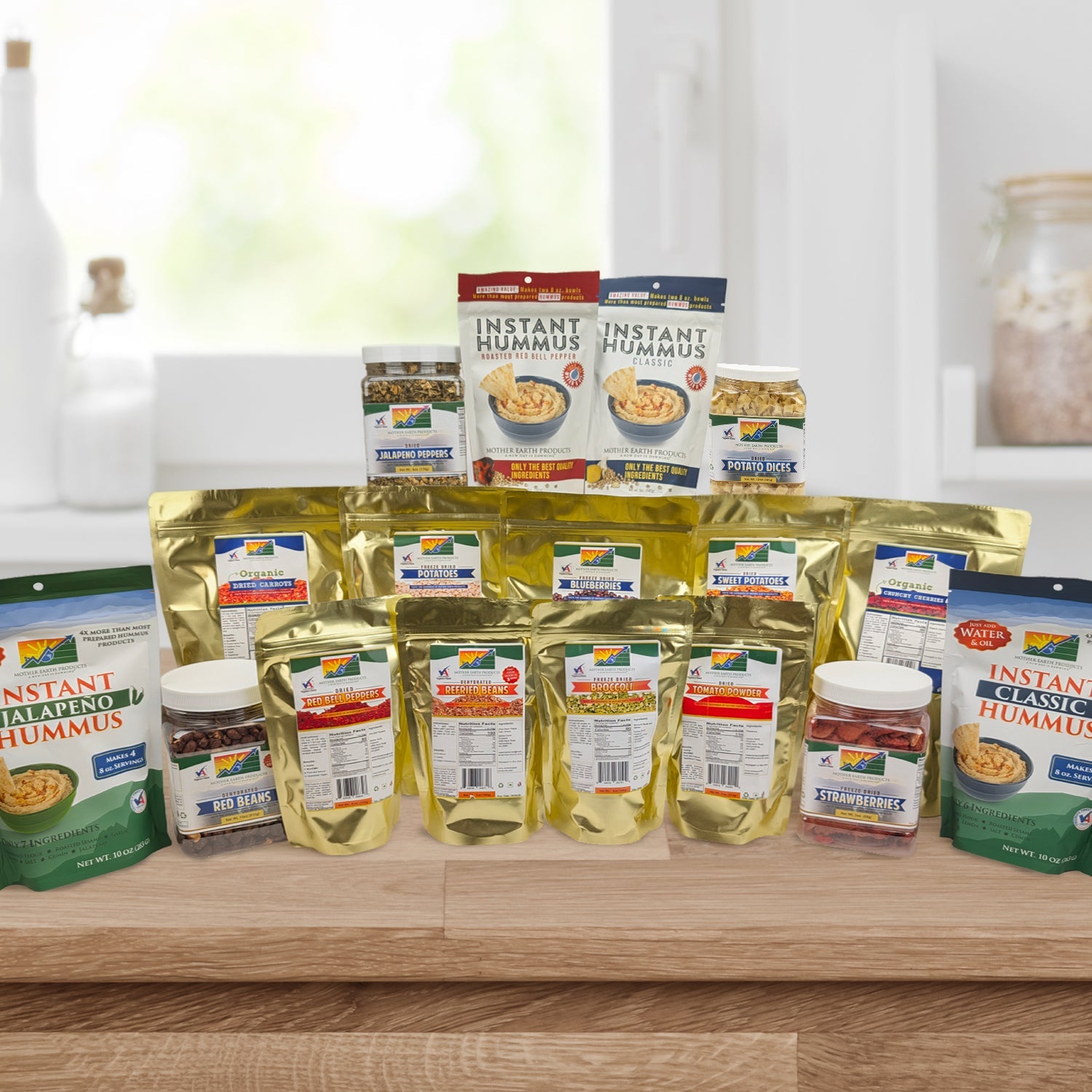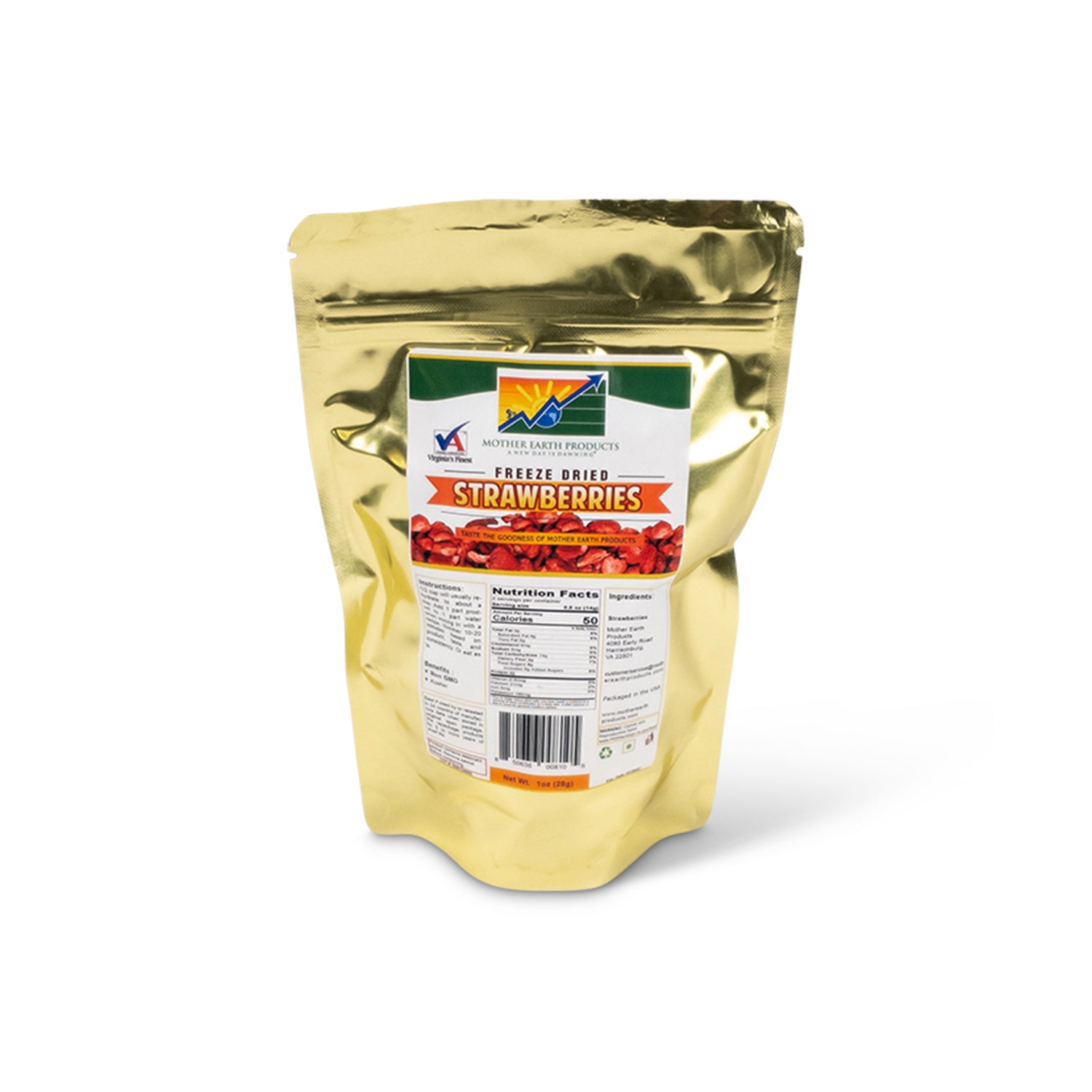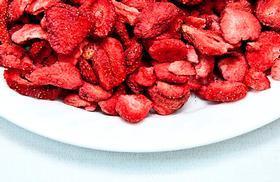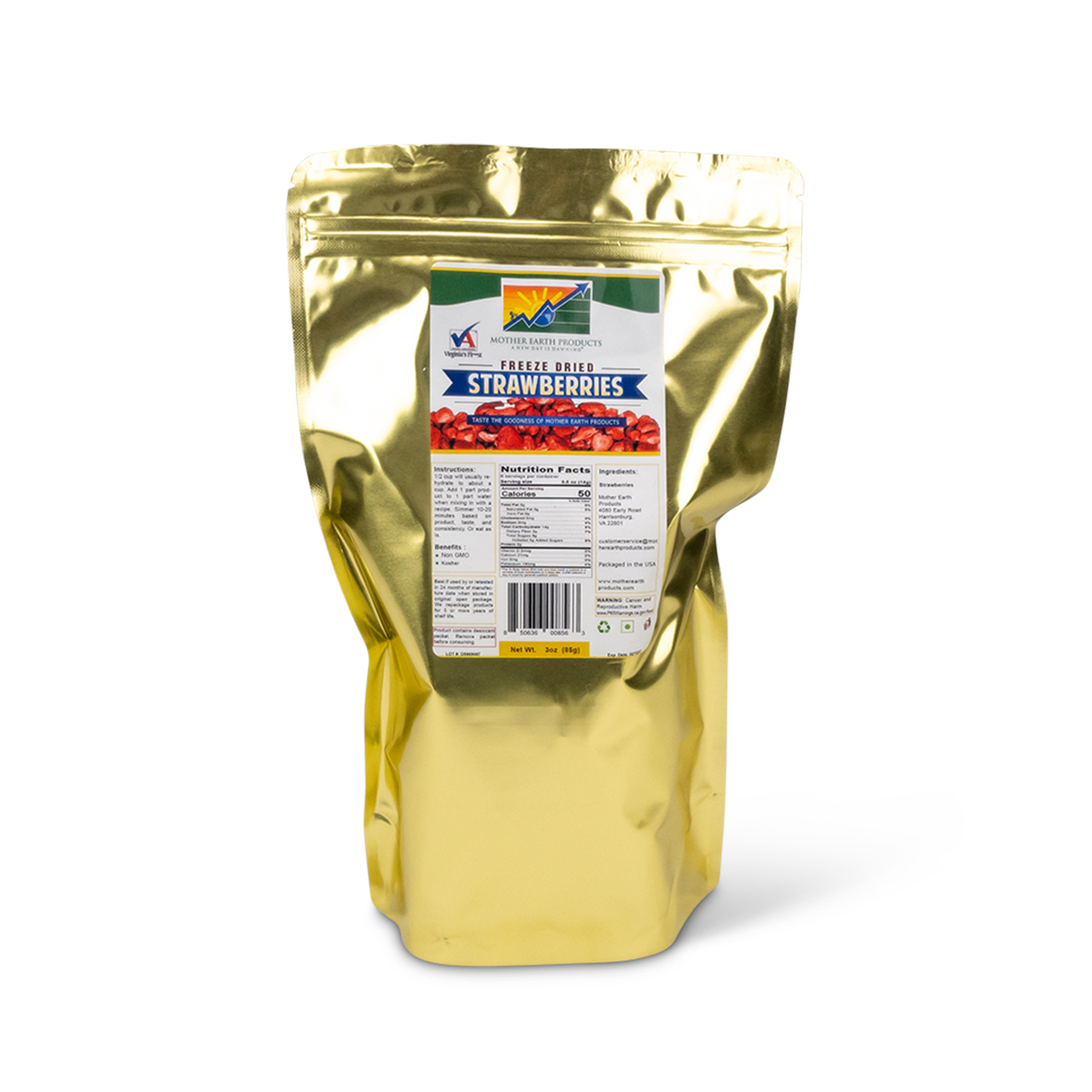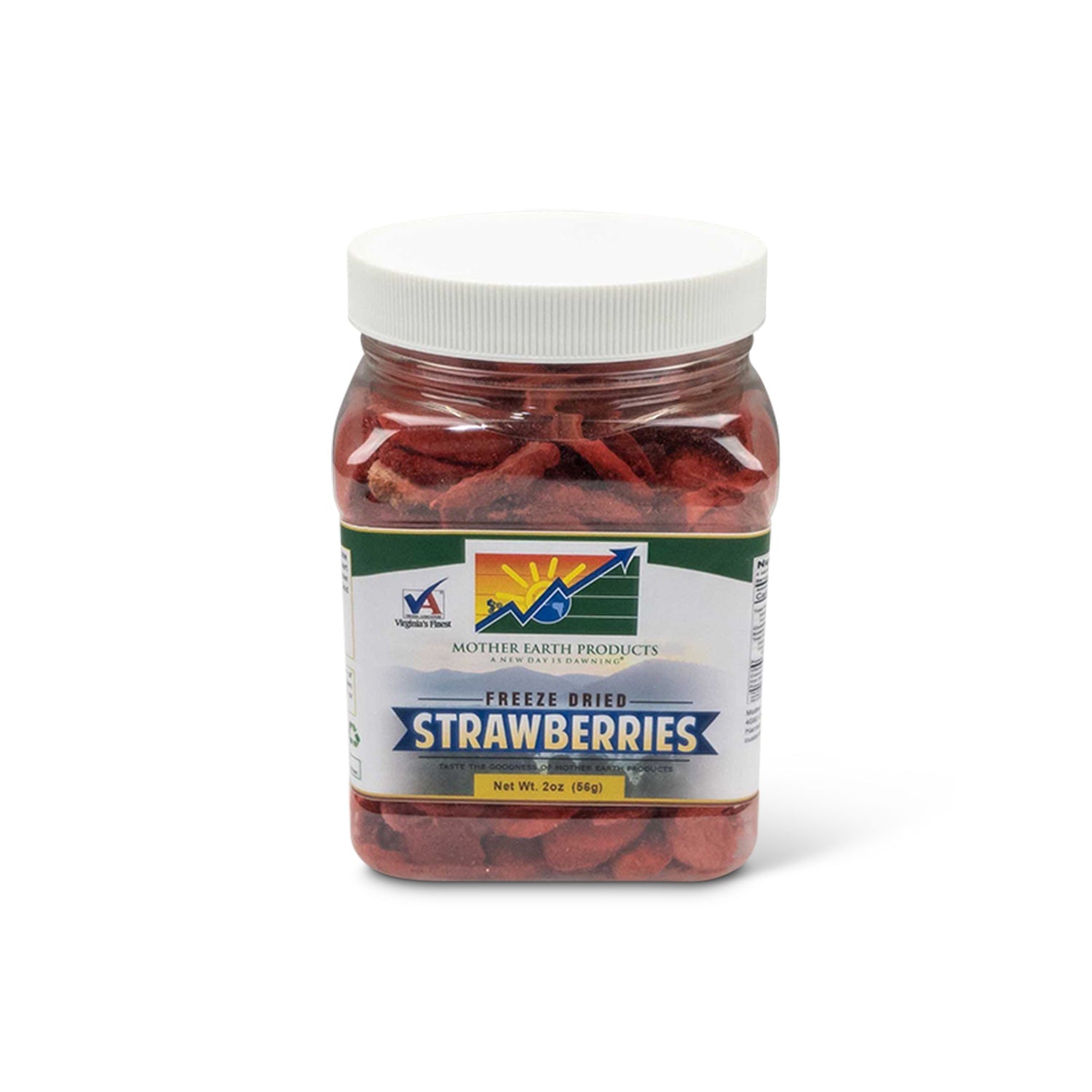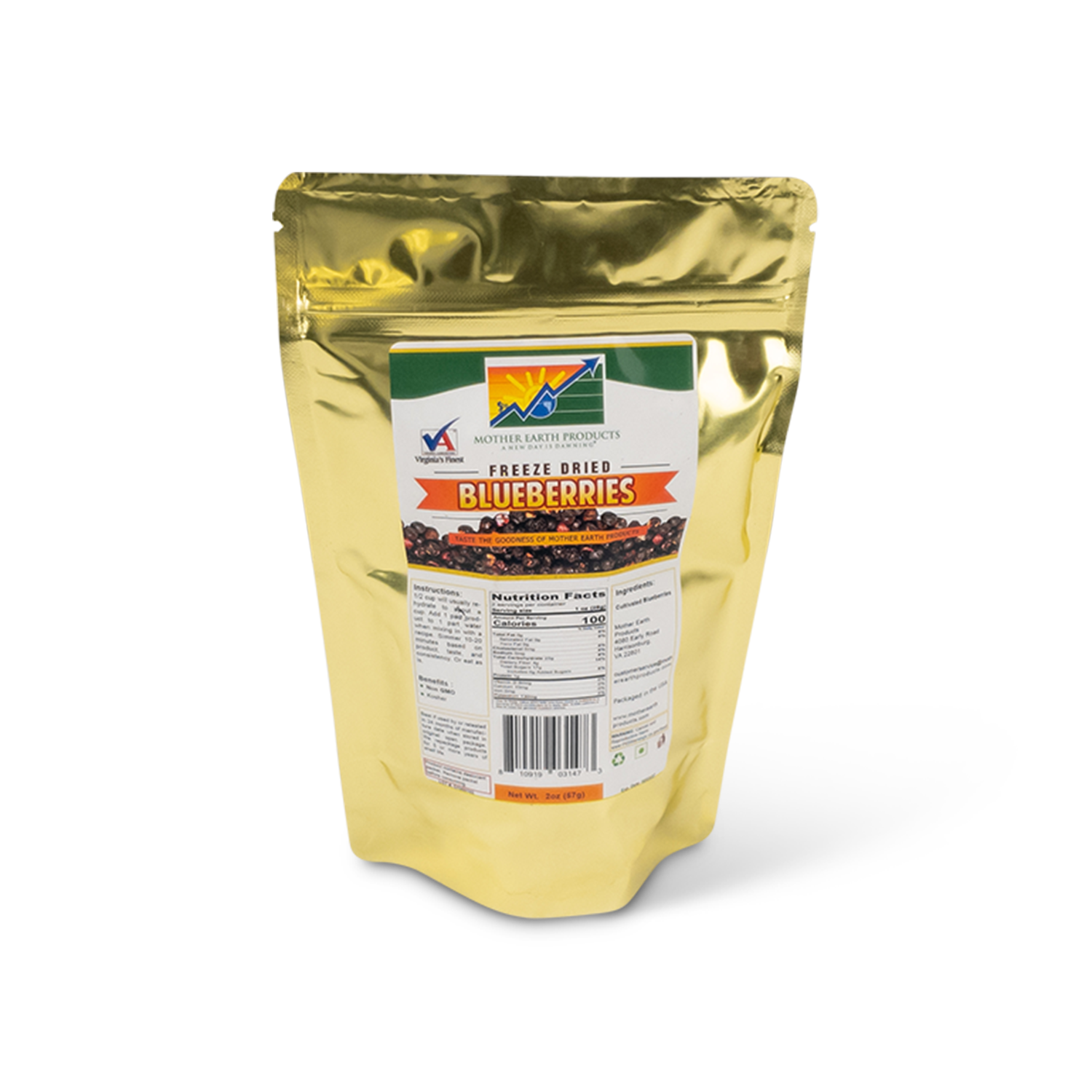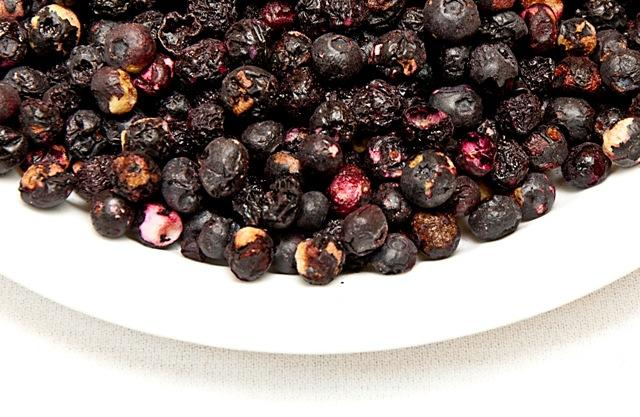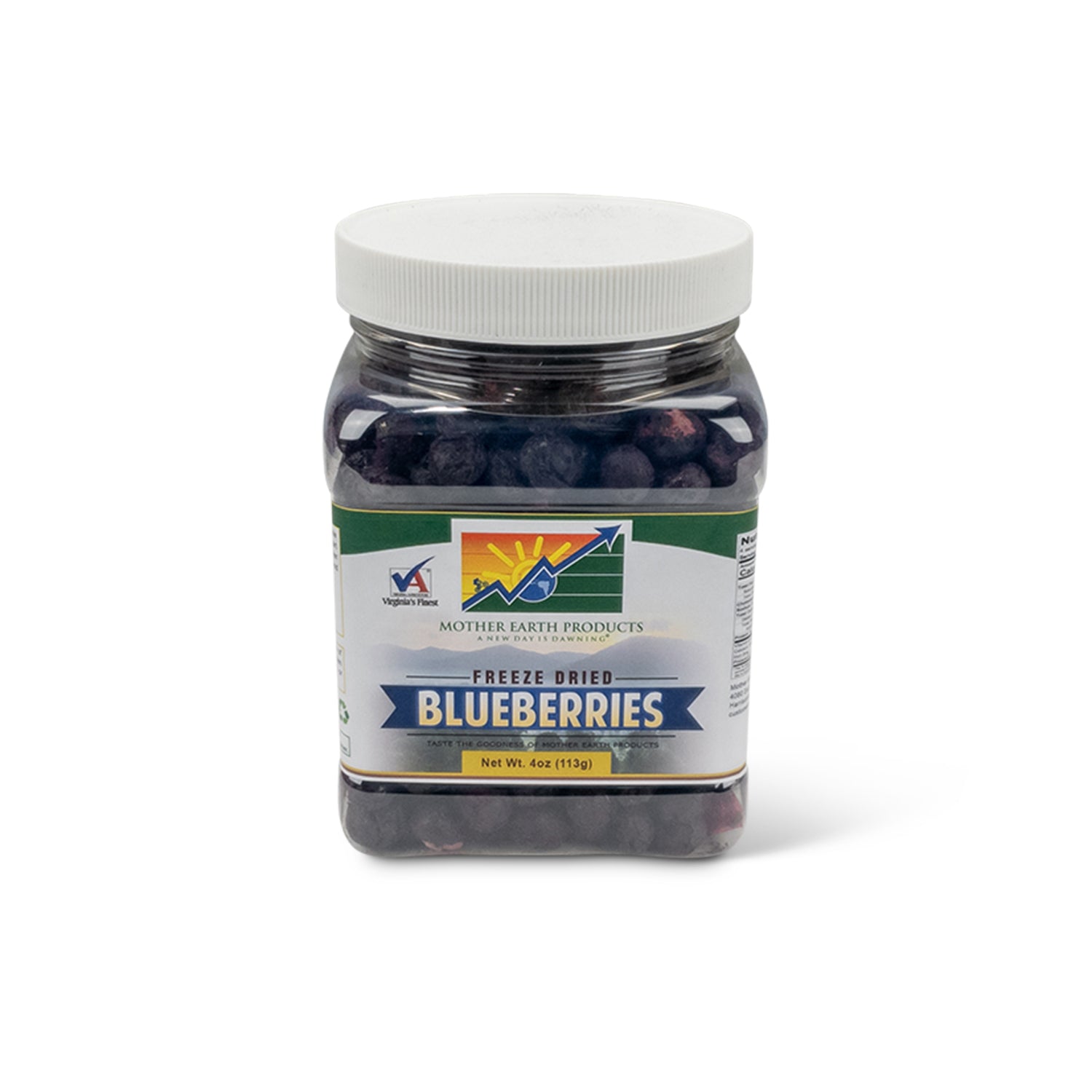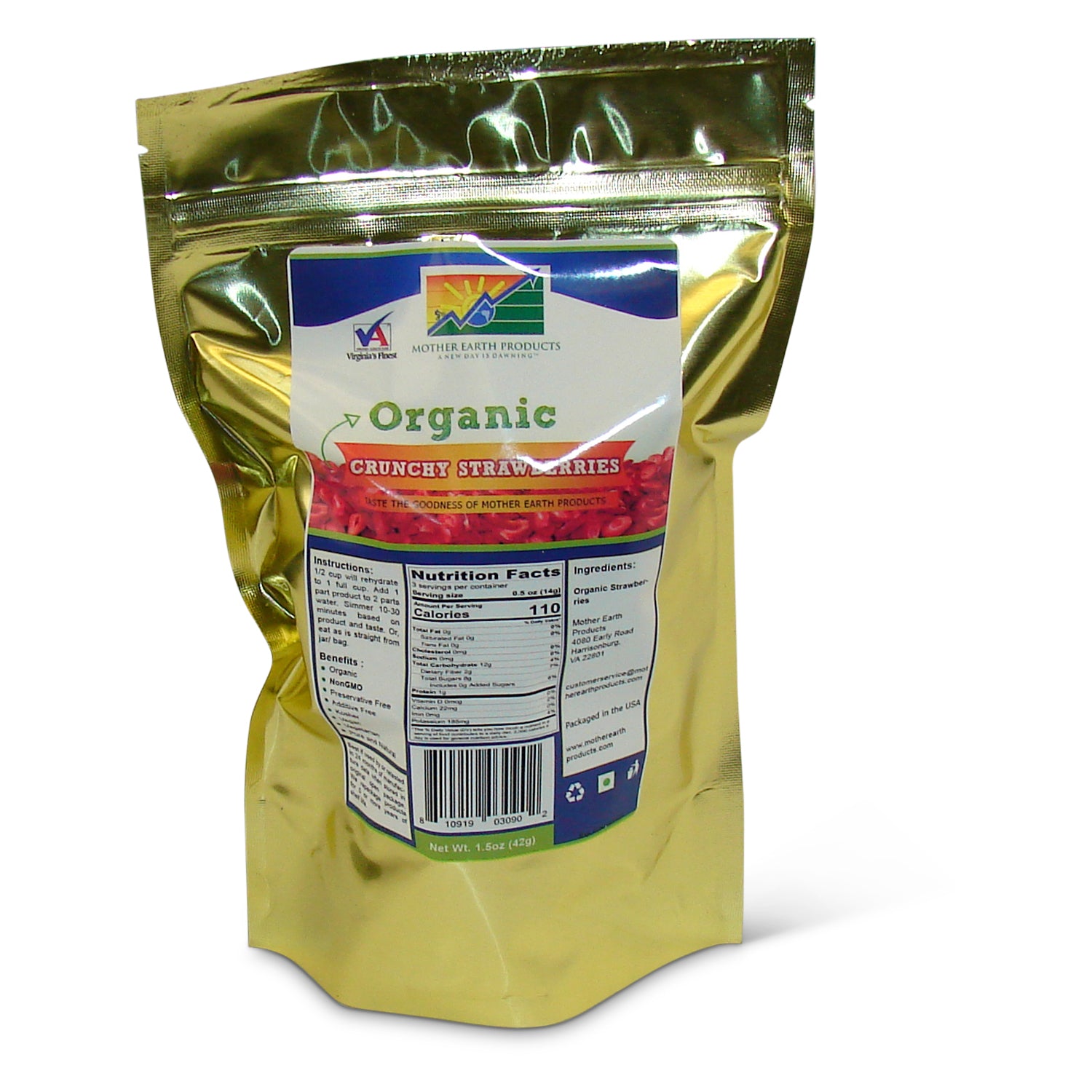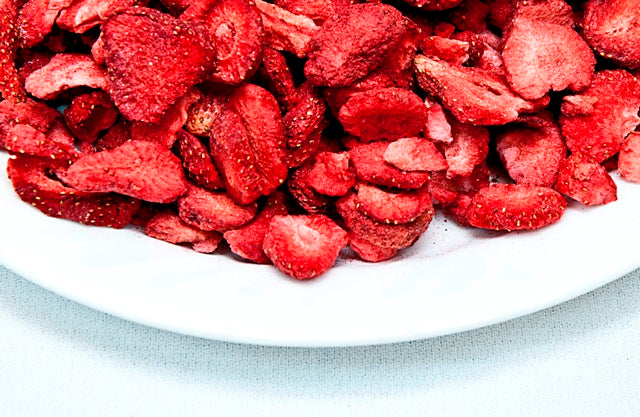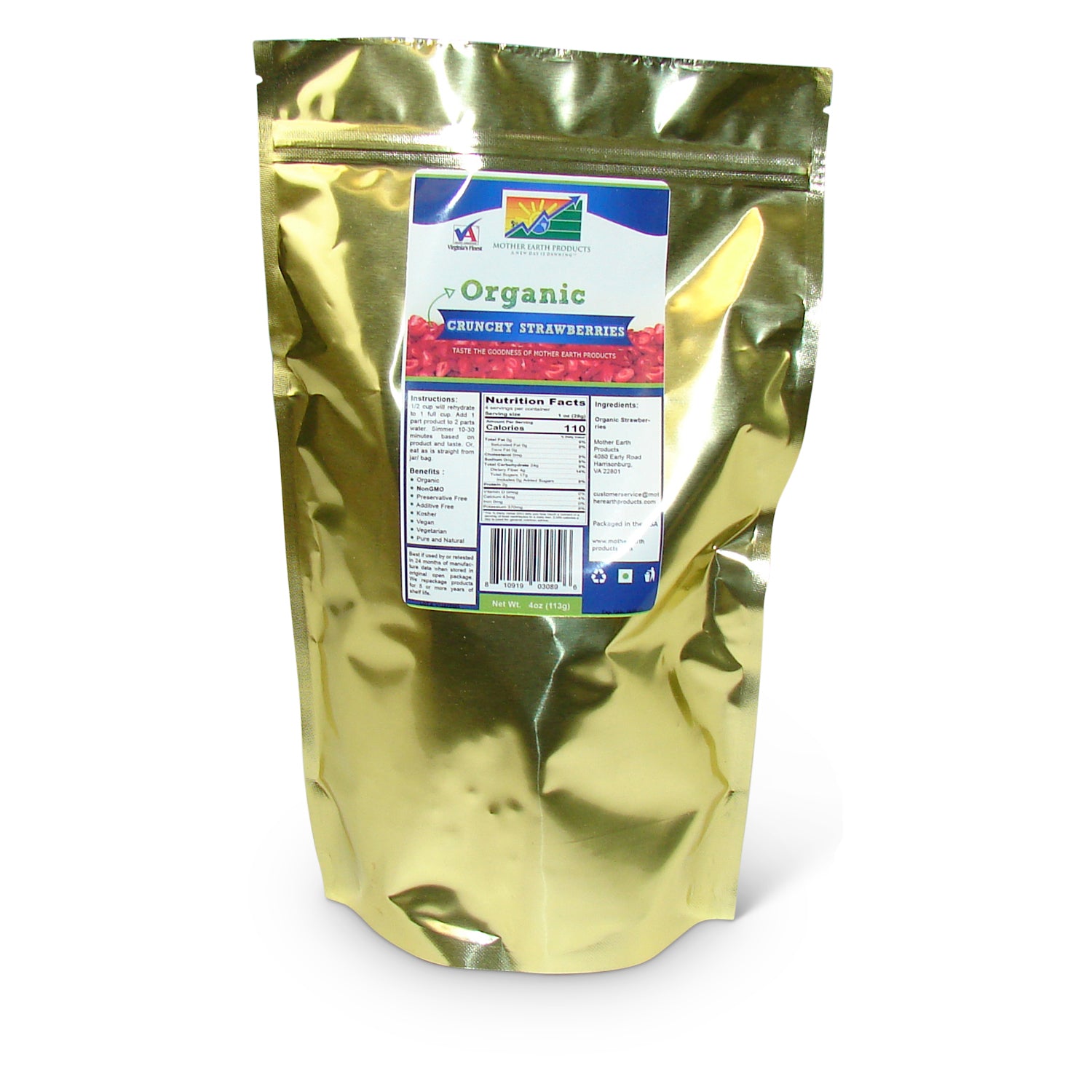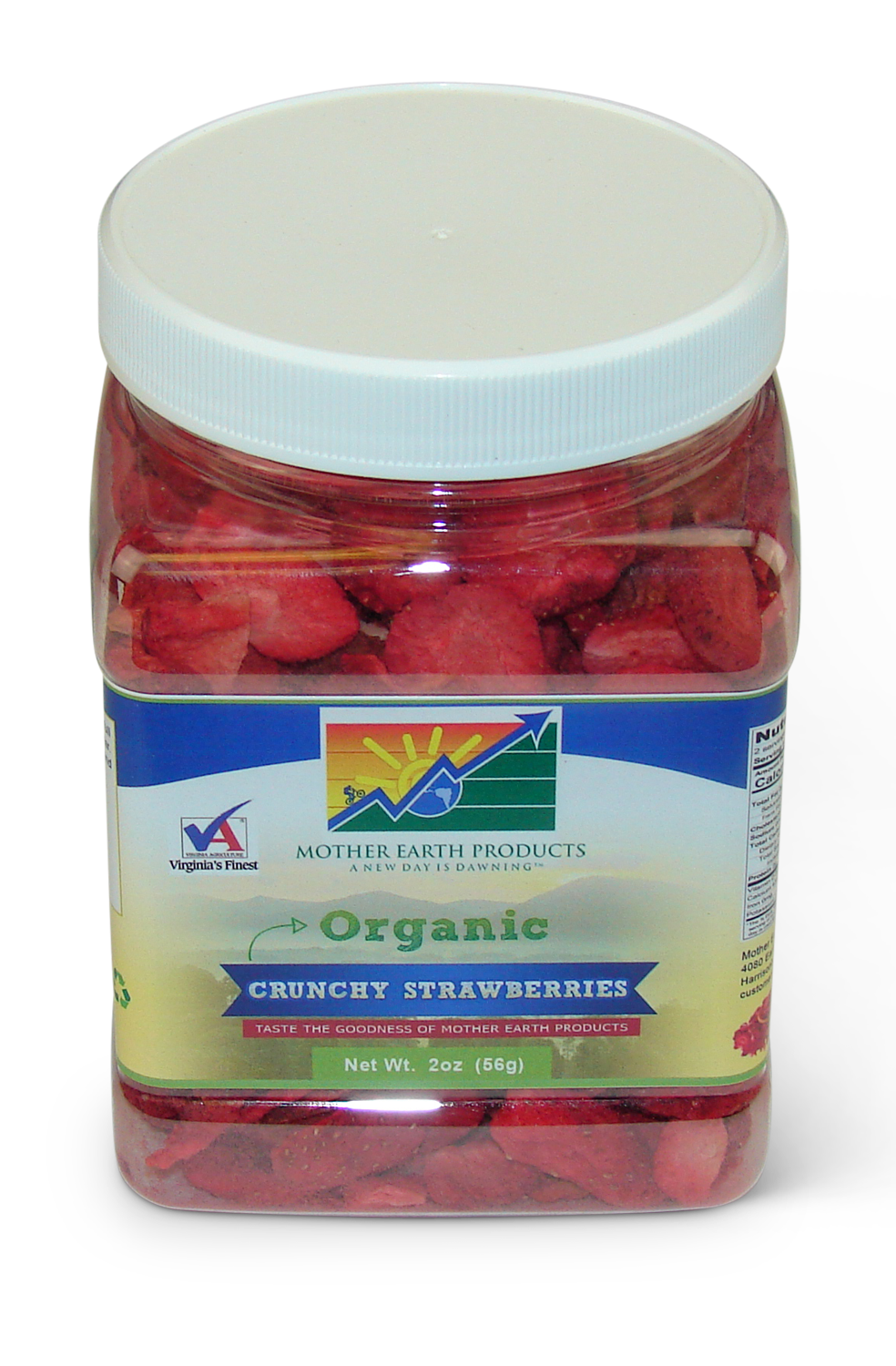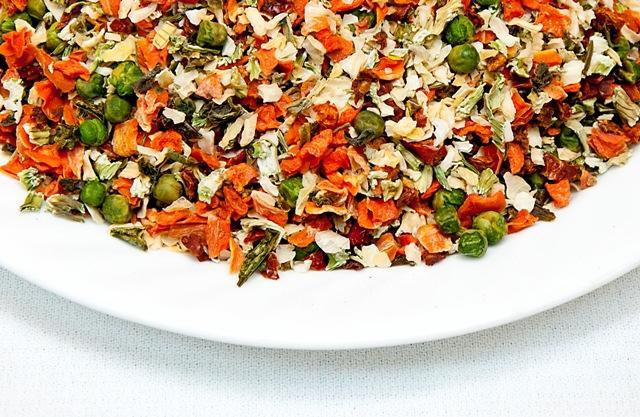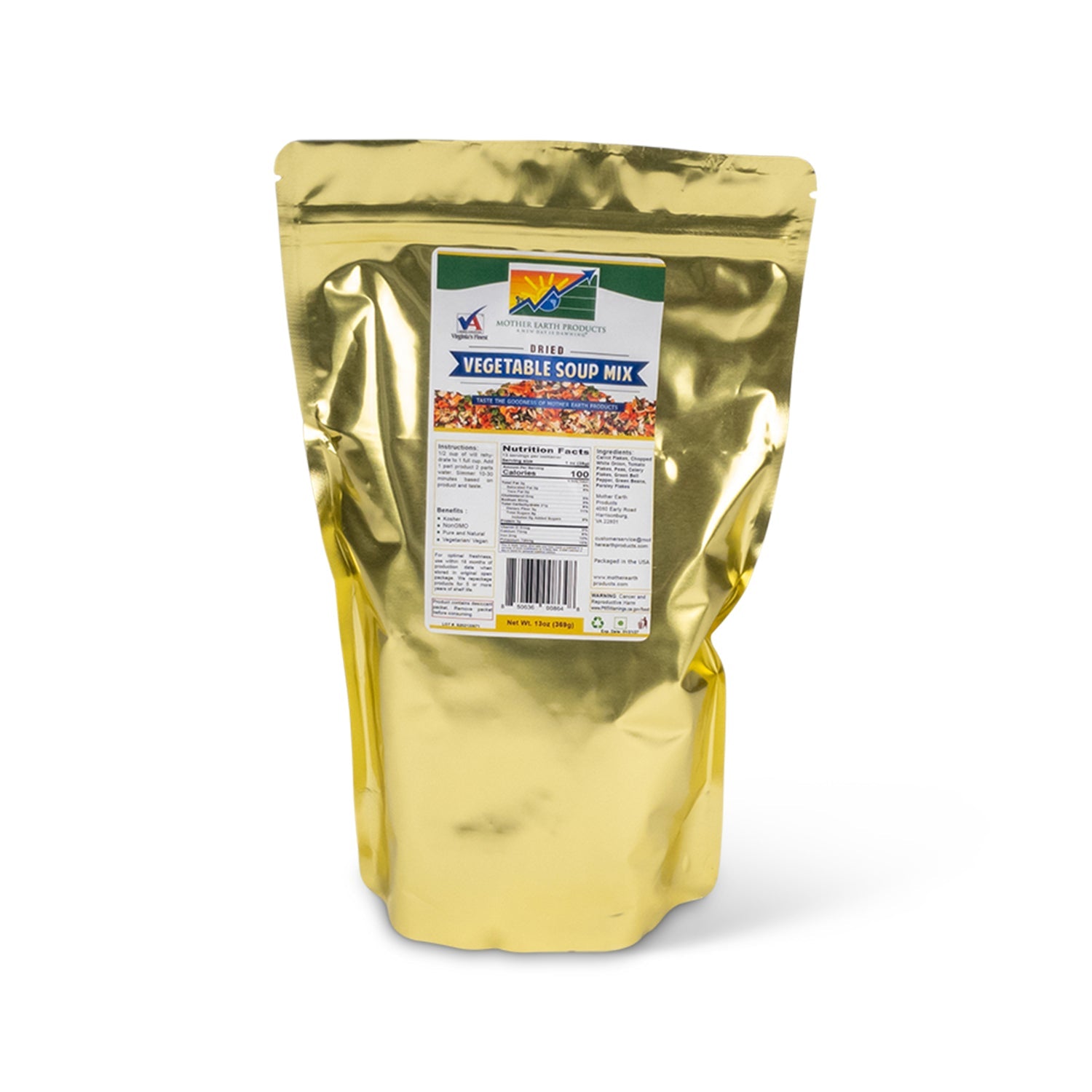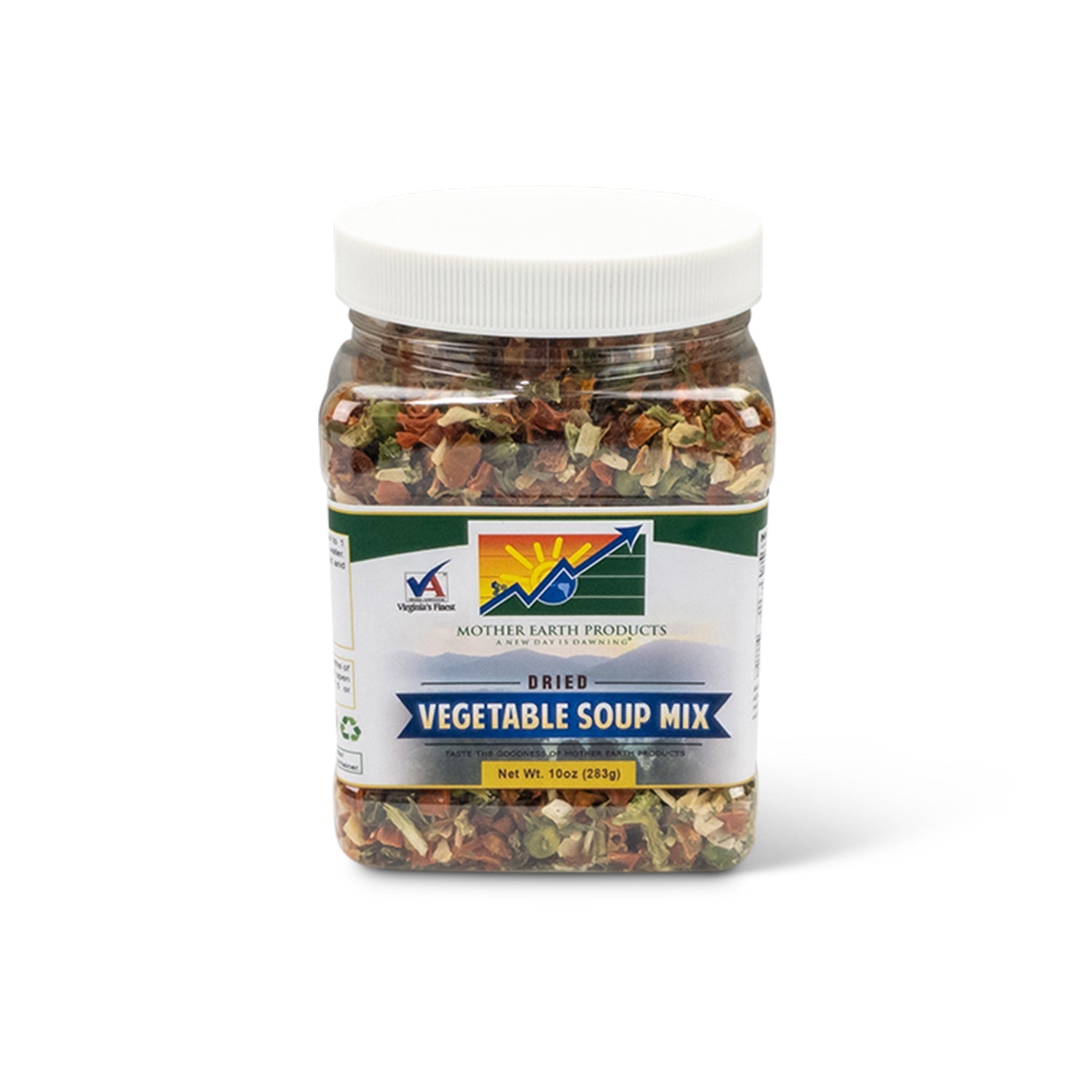Summer would never be complete without a bowl of ice-cream with strawberries. The strawberry is a cultivar, meaning simply that it has been greatly altered from its wild form, likely smaller than today’s varieties. The new varieties are crossbred for greater resistance to disease and reliability. The evolution of the strawberry is one that until now, researchers knows little about.
The History of the Strawberry
The strawberry is native to North America. The Native American Indians used strawberries in various dishes. The first garden strawberry (Fragaria ananassa) grew in Brittany, France in the 18th century. It was across the Fragaria chiloensis[1] from Chile and the Fragaria virginiana [2] brought from North America by the first colonists.
Previously, the fruit was sourced from wild strawberries and some cultivated selections obtained from the wild species. The fruit appeared in the ancient Roman literature for its medicinal use. During the 14th century, the French started transplanting strawberries from the forest to the gardens for harvesting. The Western European monks used wild strawberries in illuminated manuscripts in the 15th century. The strawberry is also traced in Flemish, German, and Italian art, as well as the English miniatures.
Strawberry cultivation became more popular in the 16th century, and people used it for medicinal properties, including treating depressive illnesses. Botanists started to name the different species, and in 1972, a French excursion traveled to Chile and introduced North American female plant, which brought to existence the modern strawberry.
Cultivation
Earnest cultivation of the strawberry began in the early 19th century, after strawberries with cream became a luxurious dessert. With the advent of the railroad, New York became the strawberry hub, shipping the plant in railroad cars. The cultivation spread to Louisiana, Arkansas, Tennessee, and Florida. Today, California produces 75% of strawberries.
Strawberry cultivars come in various shapes, sizes, flavors, colors, the season of ripening, degree of fertility, the constitution of plant and liability to disease [3]. The flower’s structure is hermaphroditic - functions as female or male.
There are two cultivation models: the perennial system of mounds or matted rows/ annual plasticulture [4]. The plasticulture method is mostly used for bulk production, using plastic covers to prevent erosion and weeds. The strawberry plant takes one to two years to decline in fruit quality and productivity in the commercial plasticulture system; therefore, plants are replaced annually for denser plantings and better yields. The perennial system, mostly used in colder climates, utilizes the same plants for years. Its production cost and yields are lower than in the plasticulture method.
Strawberries can be grown in strawberry pots indoors; however, the plant might not grow naturally in the winter, but the LED lighting in the combination of red and blue light can promote growth during the winter.
The Quest to Bring the Strawberry Glory Back
Odds are at one point you have been disappointed by some strawberries that have lost flavor. The supermarket strawberries are mostly bred for color, size, disease resistance, and shelf life. Breeders are in the quest to make the strawberry taste as good as it used to.
In 1892, Thomas Laxton bred the American hardiness with the European flavor to cultivate the Royal Sovereign, an exceptionally delicious strawberry; however, the Royal Sovereign showed signs of disease in the 1930s and was superseded commercially.
The flavor gets more complicated, because it includes various components, including sugar content, texture, the aroma, and type of sugars (derived from a range of genes that rely on one another). Isolating the flavor trait is not entirely impossible. Identifying the ideal flavor chemical structure is the first step, involving the genome discovery of the parent plant and building a database for the gene codes for the flavor trait.
The flavor is also determined by the time of picking. A strawberry picked at its peak ripeness will always taste better than strawberries picked before they are well ripened.
Strawberries in Cuisine
In ancient times, wild strawberries were eaten in small quantities since they were tough, small, or lacking in taste. In the modern day, strawberries are tasty eaten off the stem or when incorporated in various dishes fresh or cooked: pies, tarts, quick bread, muffins, preserves, jellies, sauces, and jams. Fresh berries are suitable for smoothies, wine, sangria, and salads.
Although growing strawberries is seasonal, they can be frozen for future consumption. Frozen strawberries are perfect for smoothies, as are our Freeze Dried Sliced or Whole Strawberries. We've got you covered. You can get high quality freeze-dried strawberries from Mother Earth products today.
References


